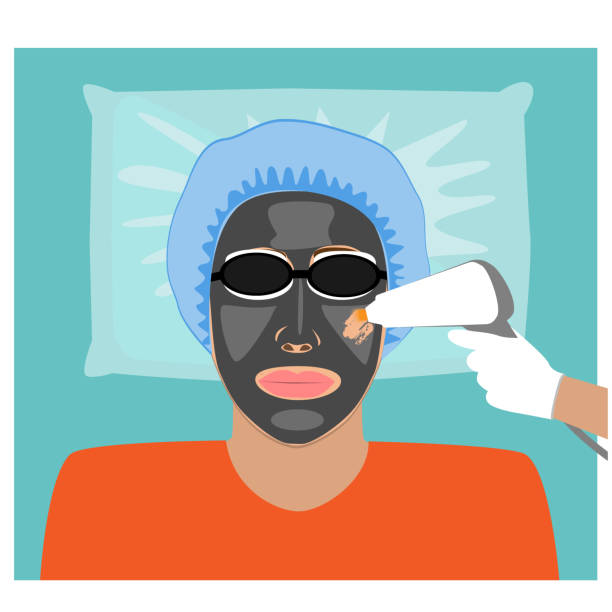🔬 CO₂ Laser Resurfacing: The Science of Smoother, Clearer Skin
In a world full of skincare trends and miracle creams, sometimes it takes something a bit more advanced to make a real difference. That’s where CO₂ laser resurfacing comes in — a cutting-edge treatment designed to reboot your skin, tackle long-term concerns, and deliver visible, lasting results.
If you’ve been dealing with acne scars, sun damage, or uneven skin texture, here’s everything you need to know about this transformative skin treatment.
💡 What Is CO₂ Laser Resurfacing?
Carbon dioxide (CO₂) laser resurfacing is a skin rejuvenation treatment that uses a fractionated carbon dioxide laser to remove damaged outer layers of skin and stimulate collagen production in the deeper layers.
It’s often used to treat:
-
Acne scars
-
Fine lines and wrinkles
-
Sun damage and age spots
-
Enlarged pores
-
Rough or uneven skin texture
-
Skin laxity
This laser is considered one of the most powerful tools in dermatology — but it’s also remarkably precise, thanks to fractional technology.
🔍 How Does It Work?
CO₂ lasers deliver short bursts of high-energy light into the skin. This energy:
-
Vaporises thin layers of damaged skin
-
Triggers the skin’s natural healing process
-
Boosts collagen and elastin production — the proteins that keep skin firm and youthful
By treating only fractions of the skin at a time (hence the name “fractional”), it speeds up healing compared to older laser techniques.
🕒 What to Expect During the Treatment
-
Consultation: Your skin will be assessed for suitability. Not all skin tones or conditions are ideal for CO₂ lasers.
-
Numbing: A topical anaesthetic is applied to minimise discomfort.
-
Procedure: The laser is passed over targeted areas. The session usually lasts between 30–60 minutes.
-
Post-Treatment: Your skin will look red and feel sunburned. There may be some flaking, swelling, and peeling for a few days.
Downtime varies but most people need around 7–10 days to heal fully, with redness possibly lasting a bit longer.
🧴 Aftercare Tips
Recovery is just as important as the treatment itself. After CO₂ resurfacing:
-
Avoid sun exposure; always use broad-spectrum SPF
-
Keep skin moisturised and clean
-
Avoid active ingredients (like retinol or exfoliants) during healing
-
Do not pick or scratch at peeling skin
-
Follow your practitioner’s post-care instructions carefully
🔁 How Many Sessions Are Needed?
Many people see significant improvement after just one session, especially for texture and pigmentation. However, more severe scarring or deeper wrinkles might require multiple treatments spaced several months apart.
⚠️ Who Should Avoid It?
CO₂ laser resurfacing may not be suitable for:
-
People with very dark skin tones (risk of pigmentation issues)
-
Those with active acne, cold sores, or skin infections
-
Pregnant or breastfeeding individuals
-
People taking certain medications or with specific medical conditions
Always consult a qualified professional to ensure it’s right for you.
📍 Further Resources
If you’re curious about clinical skincare and advanced treatments:
-
Website: www.kavyaradiant.com
-
Instagram (for skincare insights): @Kavyasradiant_clinic
Contact: 9002424008
-
Google Maps: Kavya's Radiant Clinic Location
🧾 Conclusion
CO₂ laser resurfacing is not a quick fix, but for those willing to invest in the process and healing time, the results can be genuinely impressive — smoother, tighter, clearer skin that looks and feels refreshed.
In an era where skincare solutions are often temporary, this treatment stands out as a scientifically backed option for long-term transformation.





Comments
Post a Comment